Geotechnical engineering
The area of civil engineering known as geotechnical engineering is focused on the engineering behavior of earth materials. For the solution of each of its corresponding engineering challenges, it applies the principles of rock mechanics and soil mechanics. Geotechnical engineering is used in a variety of fields besides civil engineering, including the military, mining, petroleum, coastal engineering, and offshore building. Geostatic Abaqus simulations are presented in this tutorial package.
For the purpose of designing foundations, retaining walls, and earthworks, geotechnical engineers analyze the physical, mechanical, and chemical characteristics of soil and rock. The ground conditions encountered can determine whether a foundation is shallow or deep. Earth-filled dams and retaining walls are examples of retaining structures.
Geotechnical engineering in Abaqus
As mentioned above, engineers must analyze the mechanical and physical characteristics of soil and rock to have the best possible design for the structures. This is where the numerical analyses come in.
To understand how the Abaqus operates and models the geostatic Abaqus analyses, we present to you this tutorial package containing three workshops.
In the first workshop, a water column that broke under the force of gravity is analyzed. In the second workshop, an earthquake load is simulated over a gravity dam that is in contact with water and dirt. In the final workshop, the water sloshing phenomenon in a cylindrical tank is modelled. You can read more detail about the workshops below.
workshop 1: Eulerian analysis of a collapsing water column
In this video, a dynamic fluid flow event including significant deformation is modeled using the pure Eulerian analysis method. The water column broke under the weight of gravity. Only one Eulerian portion has been made in order to model water and domain. For Eulerian analysis, dynamic explicit is appropriate, and geostatic stress has been given to it due to the column height. You can see some simulation-related figures above.
Workshop 2: Earthquake simulation over gravity dam in interaction with water and soil by using the infinite element method
This video simulates an earthquake load over a gravity dam in contact with water and dirt. All components are two-dimensionally modeled, and bulk modulus has been employed for the dam CDP material, the soil Mohr-Coulomb, and the water acoustic property. For dirt far from the foundation, an infinite element was made. For this kind of study, a dynamic implicit step should be used. The simulation time was 10 seconds, and the acceleration from the earthquake was applied to the depth of the soil. Figures from this simulation are shown above. (Geostatic Abaqus simulation)
Workshop 3: Abaqus simulation of water sloshing phenomenon in the cylindrical tank
This tutorial looks into the Abaqus cylindrical tank’s water sloshing phenomenon. An essential consideration in the safety design of such containers is the impact of extreme sloshing motion on international seagoing vessels. Tanks that store liquid cargo or fuel may move violently, causing heavy sloshing loads on the containment system and supporting structure. To take design into account, it is crucial to quantify the impacts of this sloshing on the system. Simple baffles can also lessen the impacts of sloshing by dissipating kinetic energy due to the creation of vortices in the fluid; however, their precise shapes and placements must be developed using a numerical model simulation or physical testing. However, the baffle’s damping mechanics remain poorly understood. Furthermore, the safety of spacecraft, storage tanks, road vehicle tanks, ships, and elevated water towers underground motion are all affected by the important phenomenon of liquid sloshing in containers, which continues to be of great concern to mathematicians and civil, nuclear, and aerospace engineers.
Three-dimensional parts have been employed to simulate the water and tank. You can see a diagram of the completed components below. The water substance is modeled as an equation of state Us-Up with viscosity.
Surface-to-surface contact has been implied using dynamic explicit steps. Two acceleration in the X and Y directions with record amplitude from the earthquake has been employed to apply outside excitation. For water, the ALE approach is employed to prevent distortion; the results are shown in the above images. I hope you have got enough information about the geostatic Abaqus simulation; if you need more information about this package, please get in touch with us via online chat on the left side of this page.
It would be helpful to see Abaqus Documentation to understand how it would be hard to start an Abaqus simulation without any Abaqus tutorial.
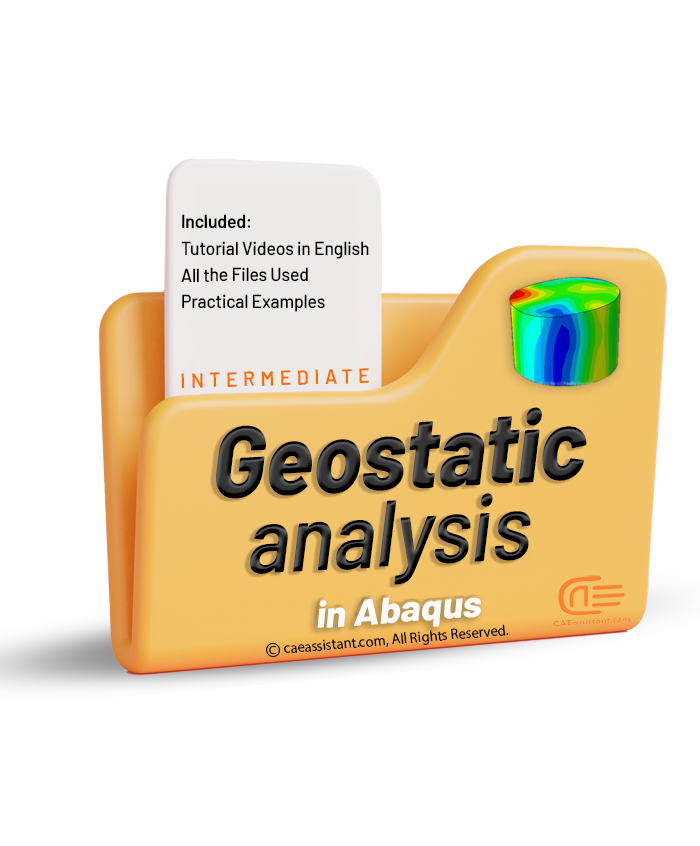
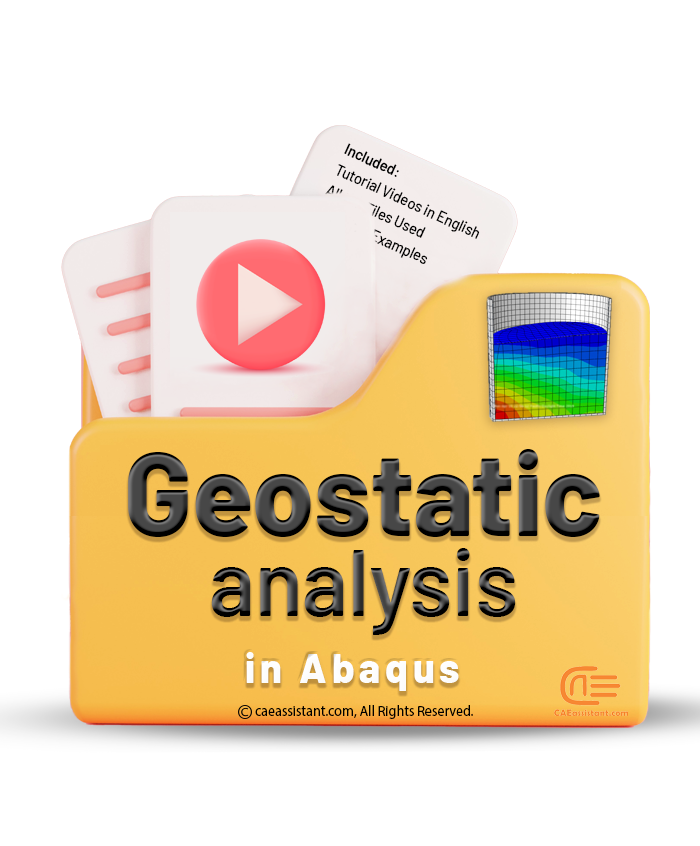
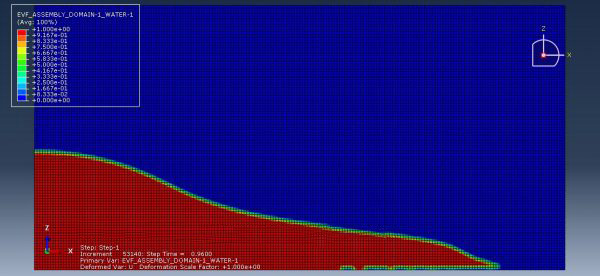
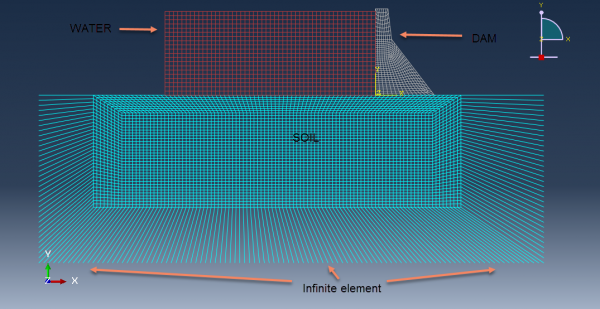
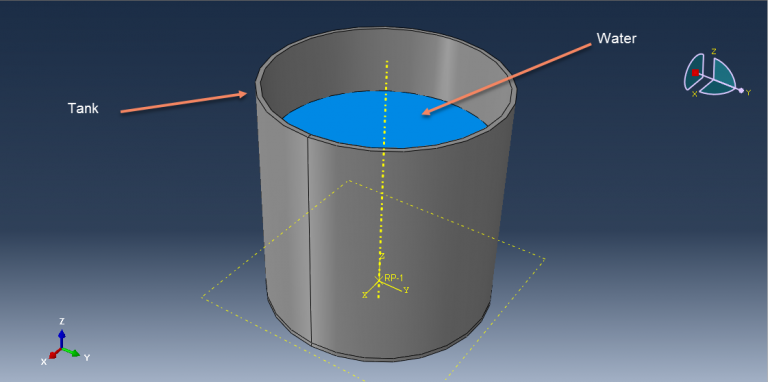
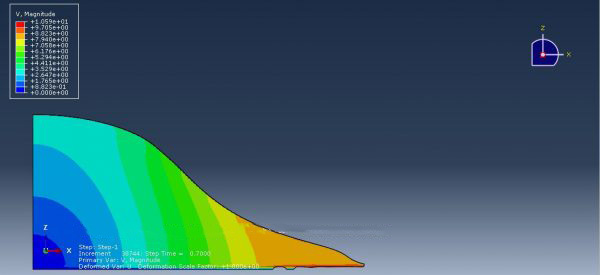
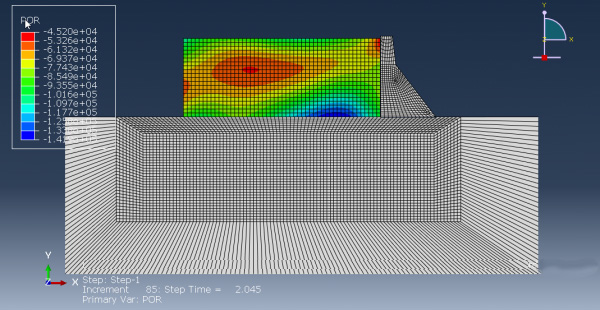
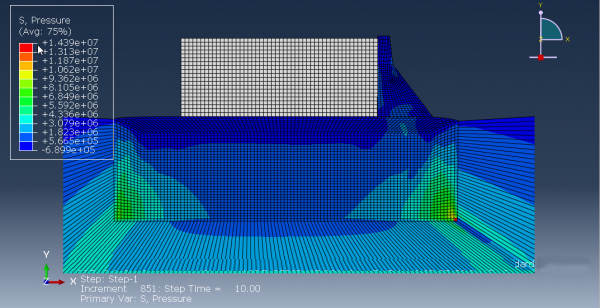
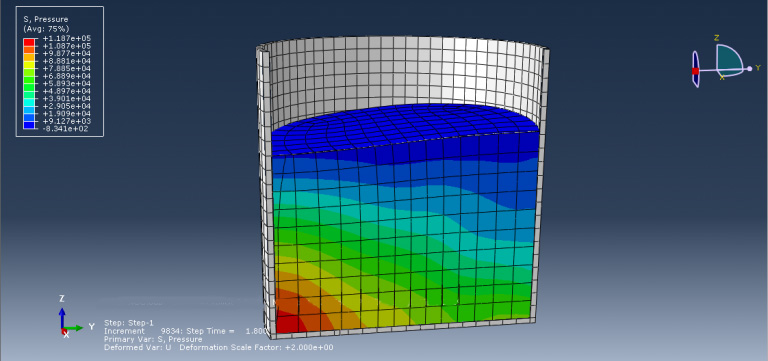

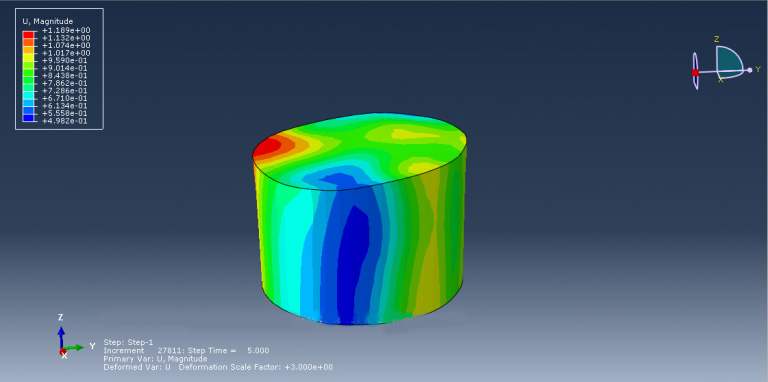
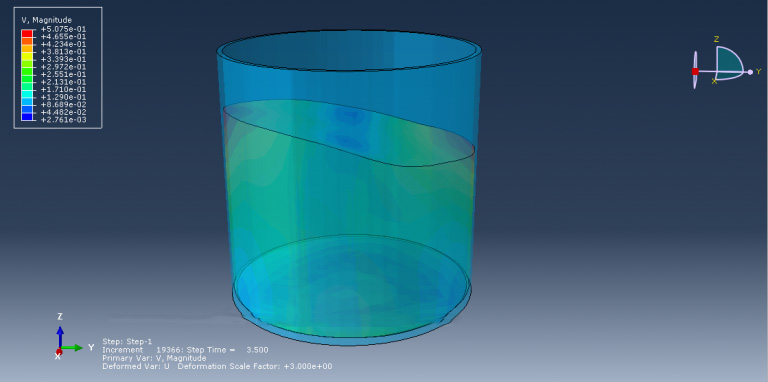
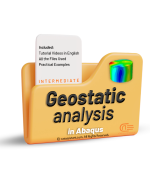
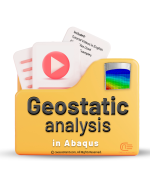











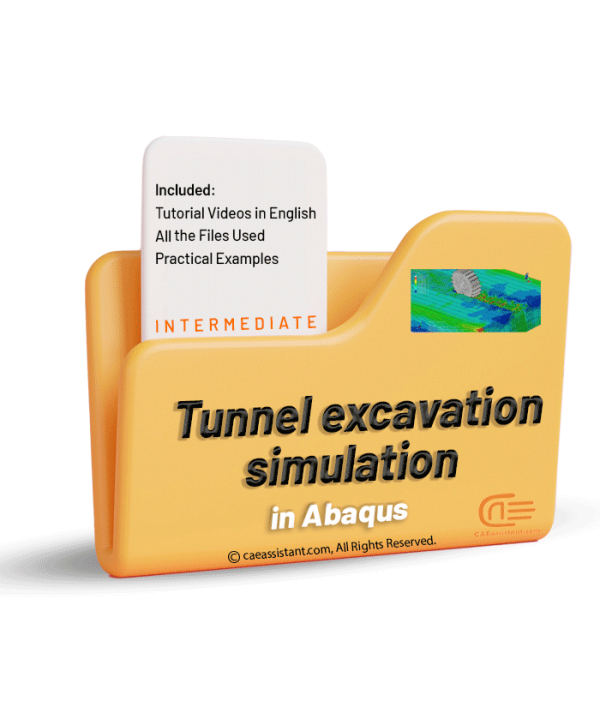
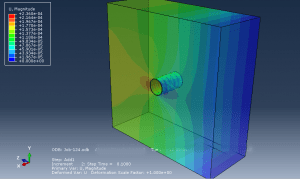
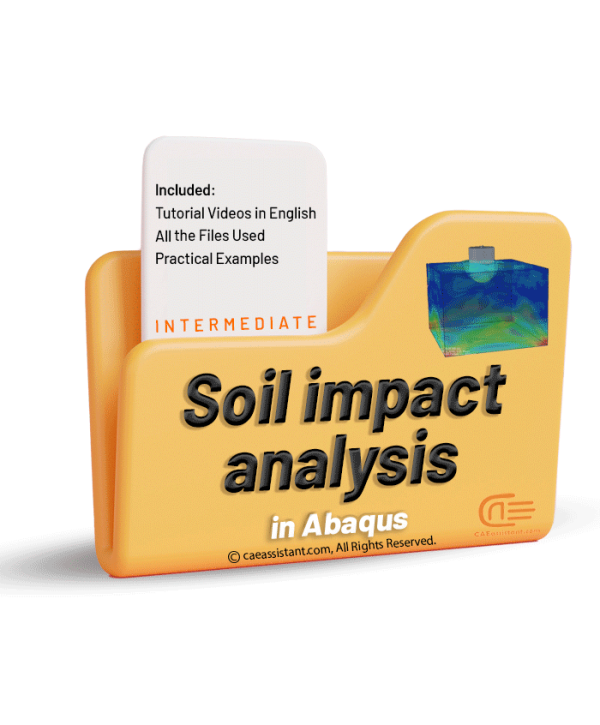
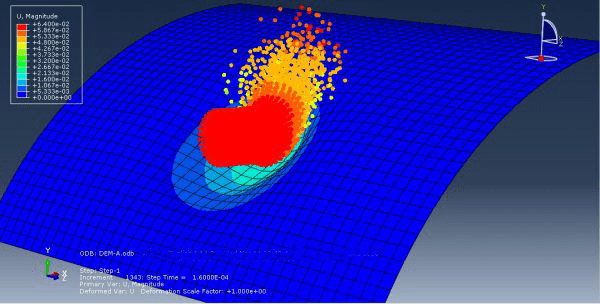
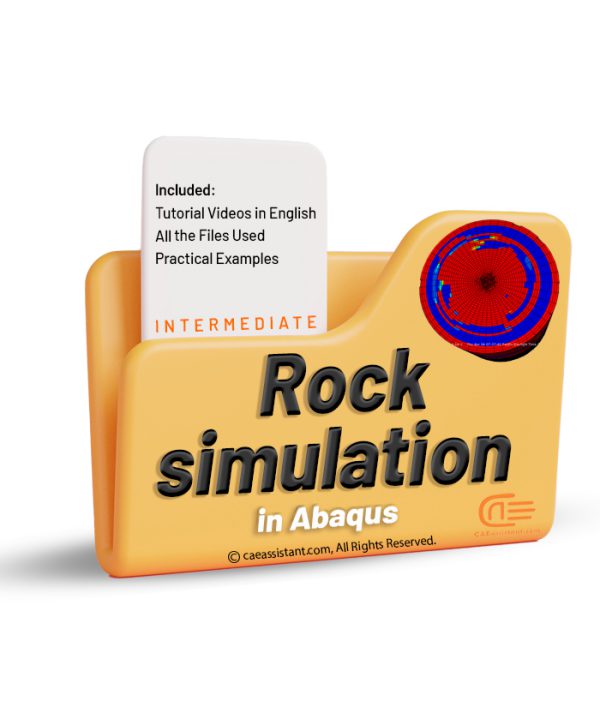
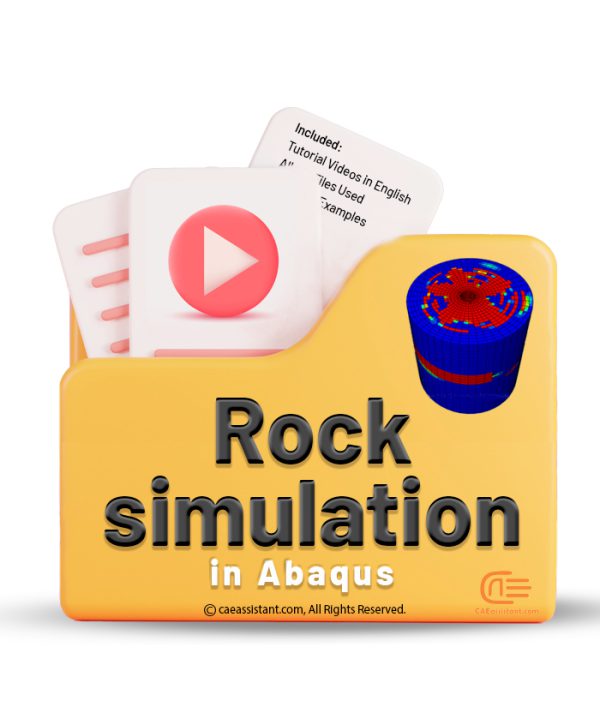
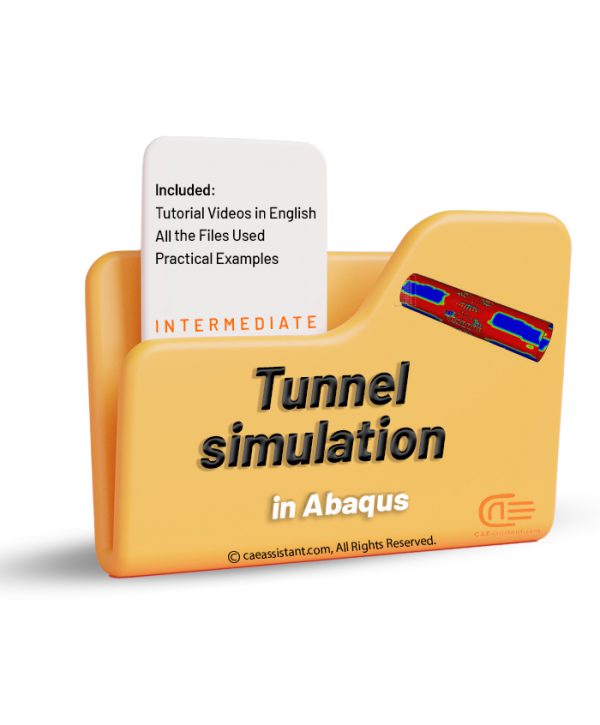
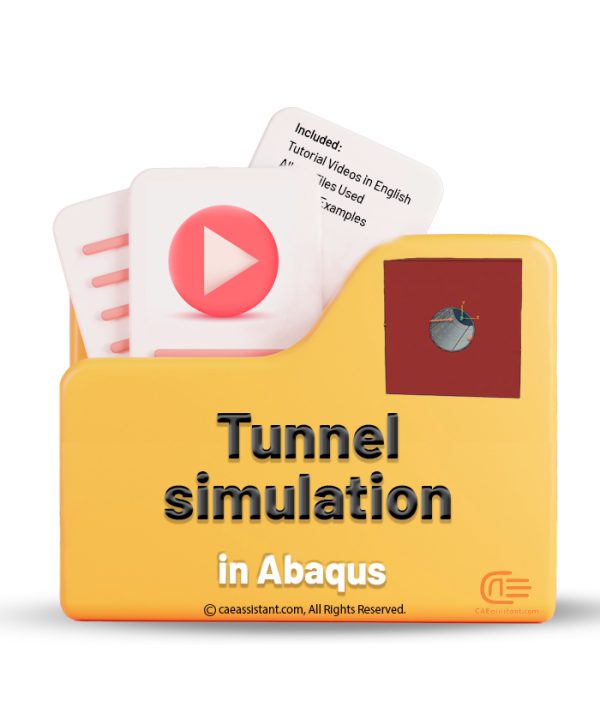
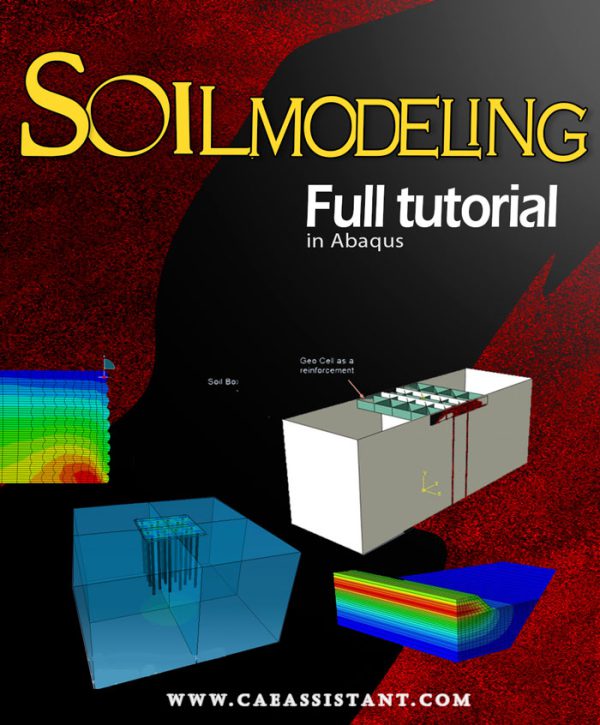

Nathaniel –
Can the phenomenon of water reservoir flooding be investigated using this training package?
Experts Of CAE Assistant Group –
I send your question to the lecturer and send you more details via email